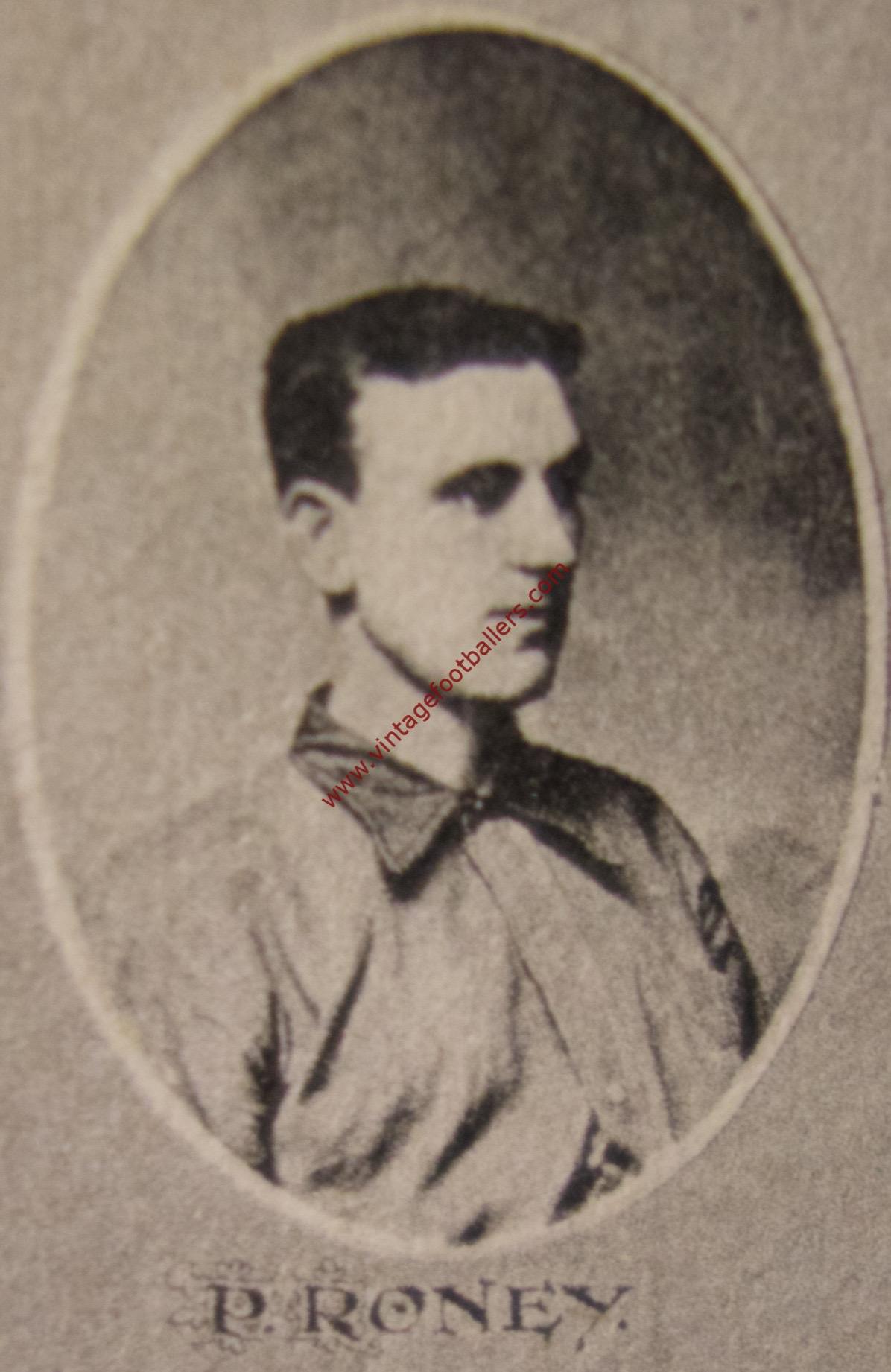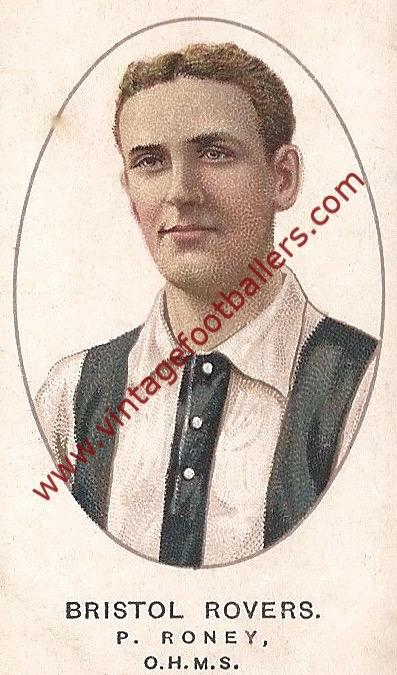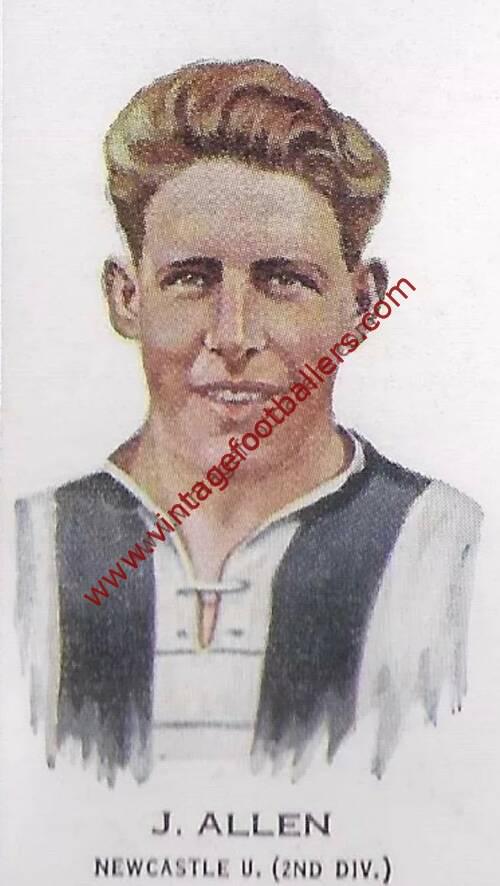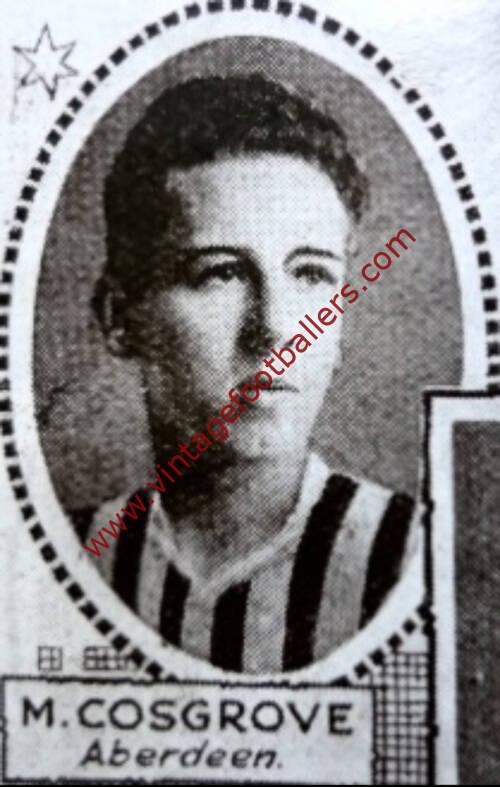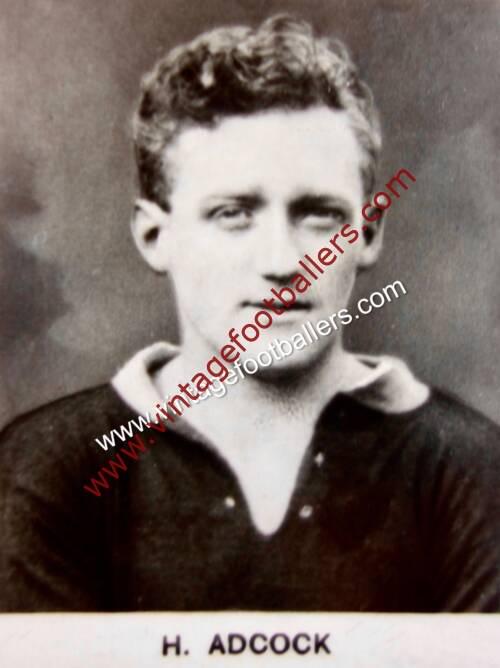Description
Born in January 1887 in Rutherglen, Lanarkshire, Peter Roney first played for Ayr in 1906. Five feet nine inches and twelve stone seven pounds, he was not a particularly tall goalkeeper, but he was a brave one. Roney had begun the 1906-07 season as reserve goalkeeper at Ayr FC, but became a regular for the Scottish Second Division side, “fine saving by Roney” being a feature of the game against Dumbarton, before he moved to Norwich City in 1907, for whom he made 69 Southern League appearances. He moved to Bristol Rovers in 1909, where he became one of the first goalkeepers to score a goal, netting in Rovers’ final game of the 1909-10 season in April 1910 from the penalty spot against Queen’s Park Rangers, when Rovers were awarded a dubious penalty ten minutes from time for a trip on Adam McColl in a 2-1 defeat at QPR. Undeniably one in a long line of great goalkeepers who have represented Rovers, he is still the only goalkeeper to have scored for them. He went on to play in a total of 178 games in the Southern League for Rovers in his six-year stint with the club. He was a member of the Rovers side which shocked the footballing world by defeating Football League side Grimsby Town 2-0 away from home in the FA Cup in January 1910; in addition, he was in the Rovers side which defeated First Division Notts County in an emotional FA Cup-tie at Eastville in January 1913. He and his wife Violet settled at 7 Cottrell Road, Eastville and had a son, Kenneth, according to the 1911 census.
In 1914 Roney joined the 17th Middlesex Battalion, better known as the Football Battalion, with whom he served in the Great War. towards the end of 1916 he transferred to the Machine Gun Corps, having lost many of his close friends on The Somme. A sensitive man, he found the realities of war difficult to cope with, and the mental traumas that he suffered meant that he would never return to professional football, it being reported in 1919 that he had undergone “such experiences during the War that he is unlikely to be heard of again in professional football”.
You could hear the Germans talking and singing among themselves as though there was no war on at all. Then all of a sudden our artillery would send them a reminder, and then all you could hear were cries of agony. I’ve nearly turned grey listening to the groans of the wounded.
— Peter Roney, March 1917
Writing another letter from France to thank the Bristol Sports Club for cigarettes, he said:
“We have a first-class soccer team here – one that would make the City or Rovers a power in the land… a gift from the gods for any club manager.”
In another letter to a Bristol friend he wrote:
“The brigade that I am now attached to is composed of nearly all Bristol and Gloucester men, and the sole topic now is ‘Will I play for the Rovers when this war is finished?’ It all depends on what Fritz has to say. Anyway, I’m living in hope of playing for the old club again, and very soon.”
He never did. He struggled to put the war behind him, and his plight became a matter of concern to Bristol Rovers in 1921 when he was said to have been “down on his luck” and “

